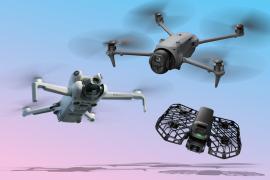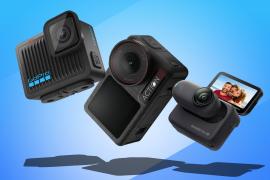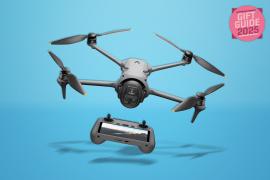The Stuff Gadget Awards 2025: our cameras of the year
The year's top cameras – from mirrorless marvels to adventure-ready action cams
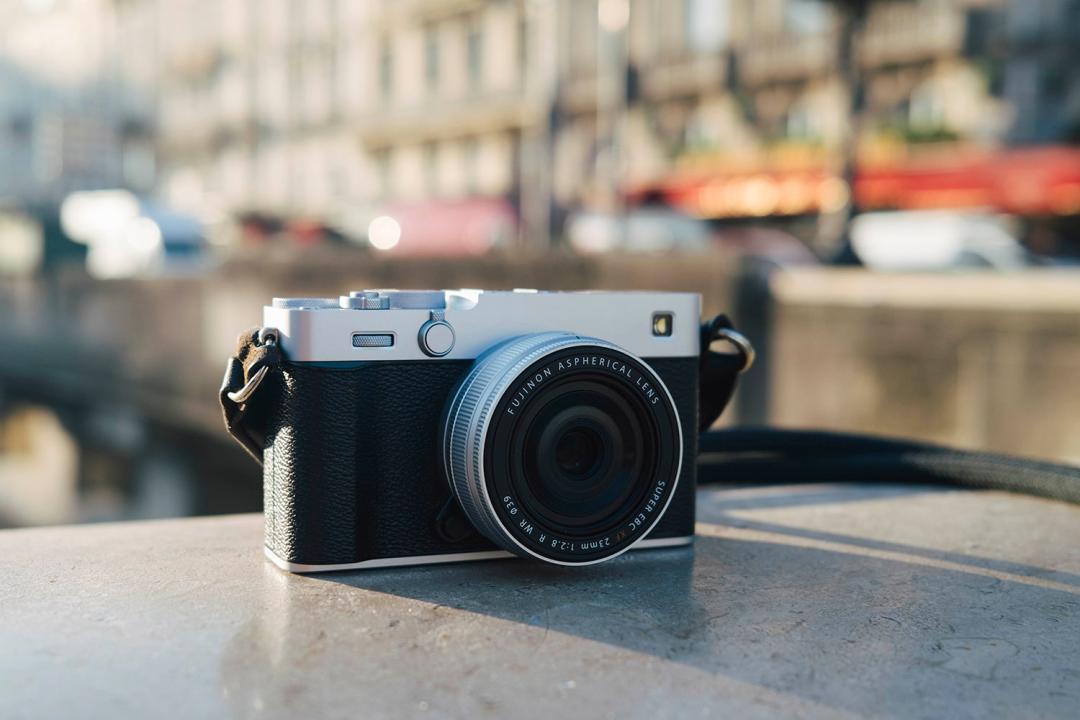

2025 saw innovation thrive in the camera world. Action cameras expanded their viewpoints, as 360-degree models moved from niche novelties to true contenders. In a challenge to Insta360’s dominance, both GoPro and DJI launched 360 models this year, whilst super-compact action cams like the Insta360 Go Ultra proved you can capture amazing footage without the bulk.
There was big drama in the camera drone world too, due to a looming ban for all DJI models in the US. As the clear market leader in the camera drone market – and the producer of the world’s best consumer drones, in our opinion – DJI’s imminent departure from American shelves seems almost unthinkable.
Mirrorless cameras cemented their total dominance of the interchangeable lens market, with video capabilities driving much of the development. Canon focused heavily on vlogging and cinema models while Nikon’s acquisition of RED showed where its priorities lie; hybrid shooting became the expectation rather than exception.
From compact rangefinders to medium format marvels, retro-styled beauties to cutting-edge cinema tools, 2025 delivered cameras to fit every creative pursuit. Here are the models that, in our opinion, rose above the rest.
Best camera of the year: Fujifilm X-E5
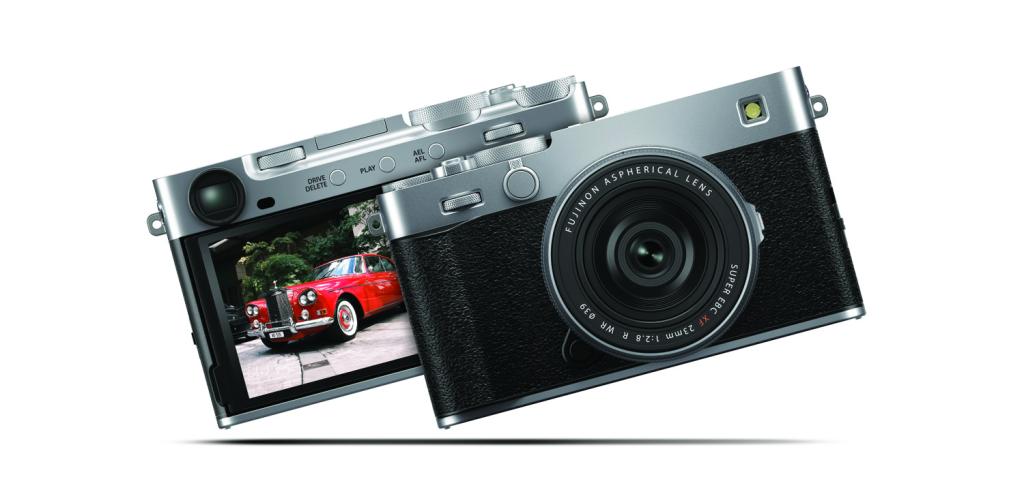
Fujifilm’s retro rangefinder revival continues apace with this brilliant interchangeable lens alternative to the X100VI. The X-E5 replicates ninety percent of that camera’s appeal whilst offering genuine versatility through its support for swappable glass. Major upgrades from the (now discontinued) X-E4 include 7-stop in-body stabilisation alongside a stellar, flagship-standard 40.2MP APS-C sensor, which delivers wonderfully sharp detailed images with exceptional dynamic range.
Fuji’s beloved Film Simulations take centre stage via a dedicated top-plate dial (complete with charming viewing window) while the machined aluminium construction feels premium, and intuitive controls allow shot adjustments without having to remove your eye from the viewfinder. The stripped-back Classic Display mode mimics 1970s film cameras brilliantly, eschewing icon clutter for old-school minimalism.
Fuji’s colour science remains absolutely stellar on the X-E5, preserving natural tones beautifully. A lack of weather sealing restricts its travel camera credentials somewhat, but dedicated photographers will adore this gorgeous rangefinder regardless.
Highly commended
OM System OM-3
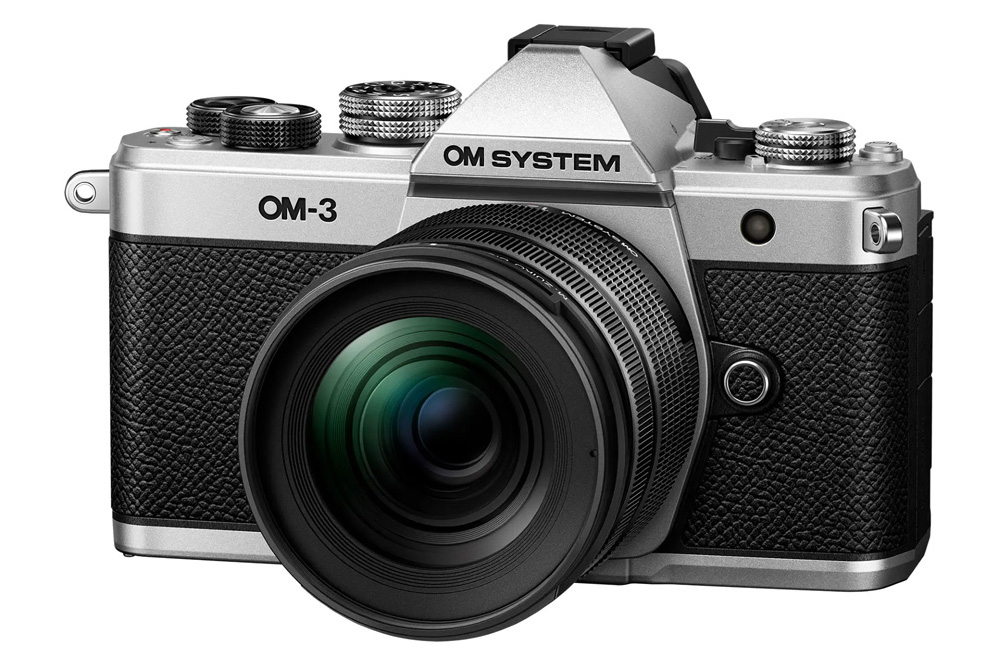
With its flush surfaces and multiple dials, the OM-3 looks like a genuine 1960s 35mm camera. Don’t be fooled by the retro styling, though; inside there’s a serious modern mirrorless, capable of doing it all. The metal construction earns it an IP53 rating, meaning dust and water won’t stop you from getting those snaps – even if you’re vacationing in rainy old Blighty.
With the same stacked Micro Four Thirds sensor as the flagship OM-1 Mark II, it has excellent all-round image quality, plus reliable, zippy autofocus that tracks everything from pets to humans and blistering burst shooting speeds of up to 120fps. It also offers superb image stabilisation.
While 10-bit video is included, its restriction to HGL and log profiles requires fiddly post-production grading. But the OM-3 leans heavily towards stills, and as a fantastically flexible camera – compact, powerful, robust and beautifully designed – it feels like an ideal travel companion for city breaks and holidays.
Fujifilm GFX100RF
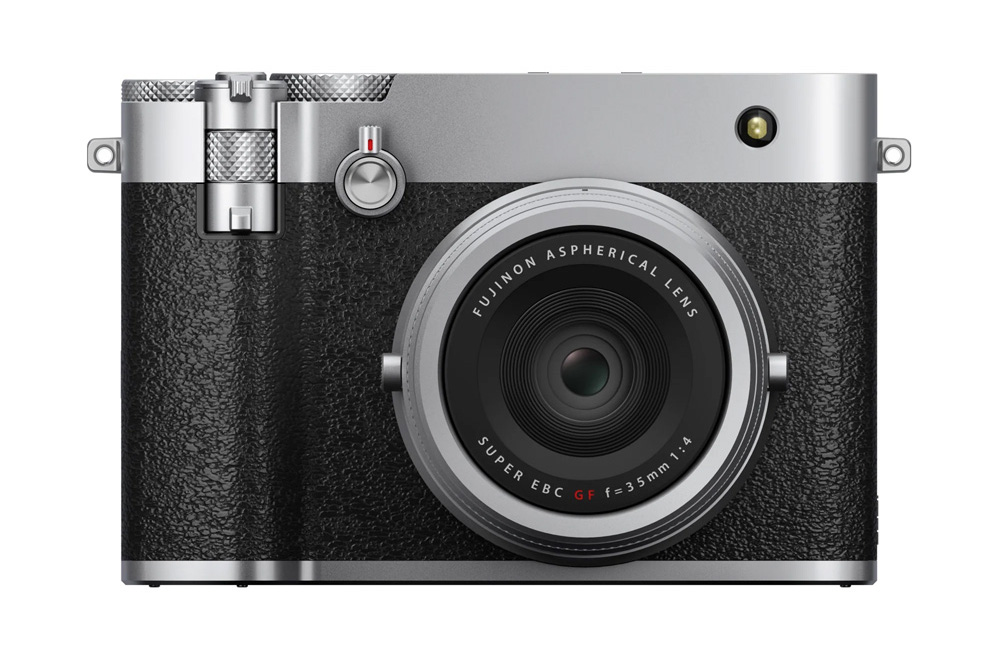
Fujifilm has pulled off a staggering achievement with this camera, shoehorning a colossal 102MP medium format sensor into a compact rangefinder body that weighs just 735g. It’s the smallest, lightest camera in the GFX range, but seriously rivals a Leica on the build quality and premium material front.
The GFX100RF’s clever digital zoom and in-camera cropping deliver remarkable flexibility without the need to reach into your lens bag, while the aspect ratio dial offers nine options including a cinematic 65:24 panoramic format inspired by the legendary Hasselblad Xpan. Image quality is exceptional, with pin-sharp detail, superb colour science and over 20 Film Simulations capable of delivering stunning JPEGs straight from the camera.
Compromises have been made to achieve all this: no stabilisation, an f/4.0 aperture on its fixed lens and undercooked video capabilities. At £4699/$4899 it’s also eye-wateringly expensive, but hey – you’re getting medium format magic in an impossibly portable package.
Also shortlisted
Panasonic Lumix GH7, Sigma BF
Action camera or drone of the year: DJI Osmo Action 5 Pro
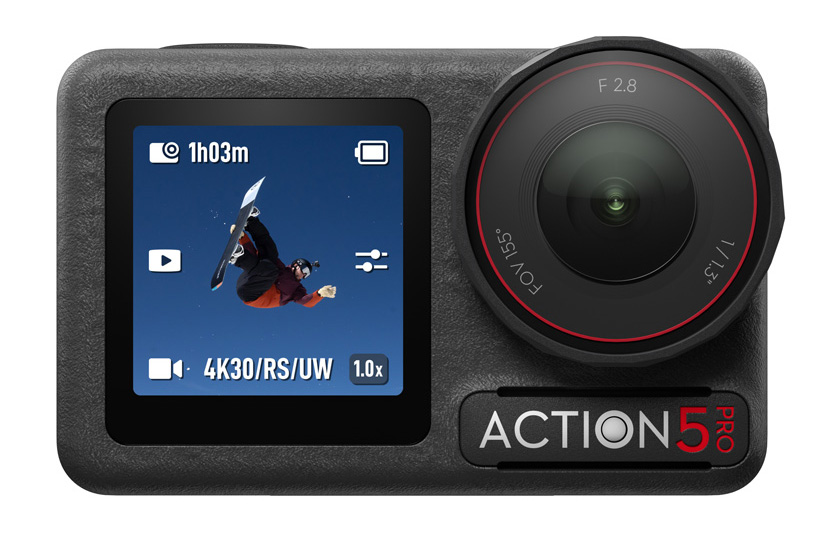
For years, GoPro’s Hero series has ruled the action camera market. Not anymore. The DJI Osmo Action 5 Pro doesn’t compete with the Hero, but actually beats it at its own game. This brilliant all-rounder handily usurps the king, whether you’re abseiling, scuba diving or vlogging.
It’s lightweight at 146g, yet extremely robust: tempered glass protects both the lens and dual OLED screens, while the boxy body laughs off drops and dust, dives case-free to 20m (twice what the GoPro Hero 13 Black manages), and handles temperatures down to -20°C. Mounting via the quick-release magnetic system takes seconds, and it plays nice with GoPro accessories too.
The Action 5 Pro’s new sensor delivers 13.5 stops of dynamic range and crisp 4K 120fps footage, with class-leading audio sealing the deal. There’s still room for improvement in its much-vaunted low light performance, but DJI’s best action cam yet is simply the best action cam, full stop.
Highly commended
GoPro Hero 13 Black
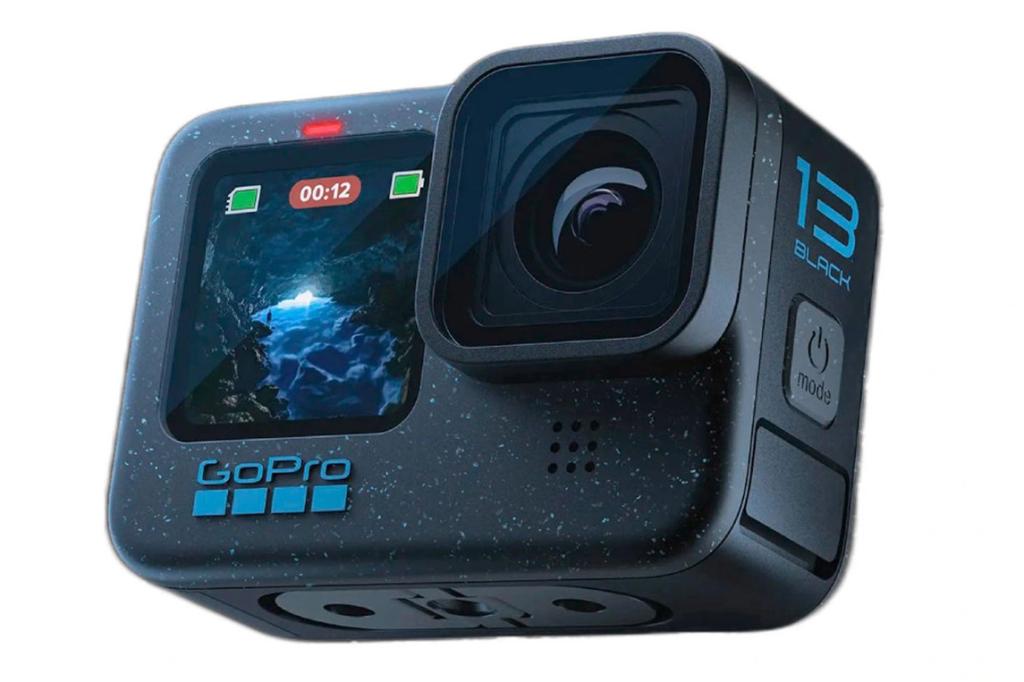
GoPro’s latest flagship doesn’t revolutionise specs – it’s still packing the same sensor as its predecessor – but its new swappable HB-Series lenses represent a genuinely game-changing action cam innovation. The Hero 13 Black automatically detects which lens you’ve attached and adjusts settings accordingly, adding versatility we’re not used to seeing in this type of camera.
Its Ultra Wide lens delivers a vast 177-degree field of view, while the Macro lens focuses four times closer than the standard glass, making it perfect for detail shots. An Anamorphic lens adds cinematic flair with its 21:9 aspect ratio footage. There’s also an ND filter pack for controlling exposure in brighter outdoor conditions.
Add improved thermal management, a beefier battery, magnetic mounting and built-in GPS and you’ve got a seriously capable package. The lenses cost extra, but they open up creative possibilities no other action camera can match. The future of the format? Perhaps.
Insta360 Go Ultra
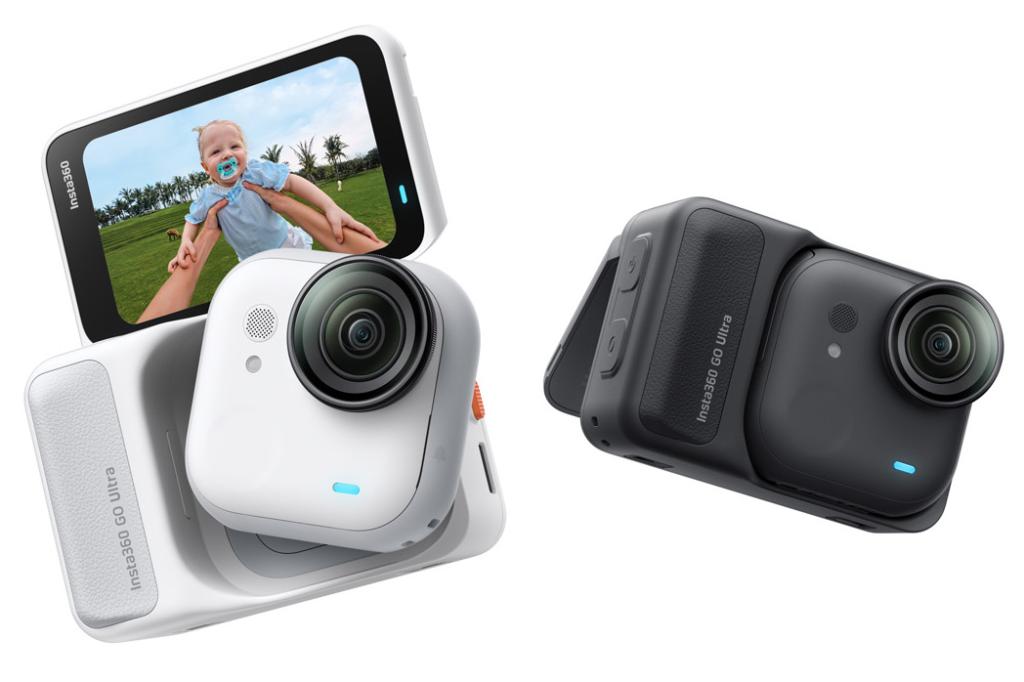
Insta360’s tiny Go cameras have always been fun, but compromised on image quality. Until now. The Go Ultra is the first ultra-compact action camera that genuinely rivals full-size rivals on the performance front, thanks to a transformative sensor upgrade (a full 221% larger than its predecessor’s). At 53g, it’s still light enough to clip comfortably onto a baseball cap or wear via the including magnetic pendant, fitting places a GoPro simply can’t reach.
The new imaging setup delivers superb 4K 60fps footage with excellent dynamic range, while PureVideo mode tackles low-light scenarios that previously stumped tiny action cams.
The Action Pod module adds a flip-up touchscreen and physical controls, and extends battery life to 157 minutes. There’s now a microSD slot supporting up to 2TB cards, three stabilisation levels, and impressively fast charging too.
It’s slightly larger than previous Go models, but this best-of-both-worlds formula delivers exceptional versatility without sacrificing image quality.
Also shortlisted
DJI Air 3S, DJI Osmo 360, GoPro Hero



